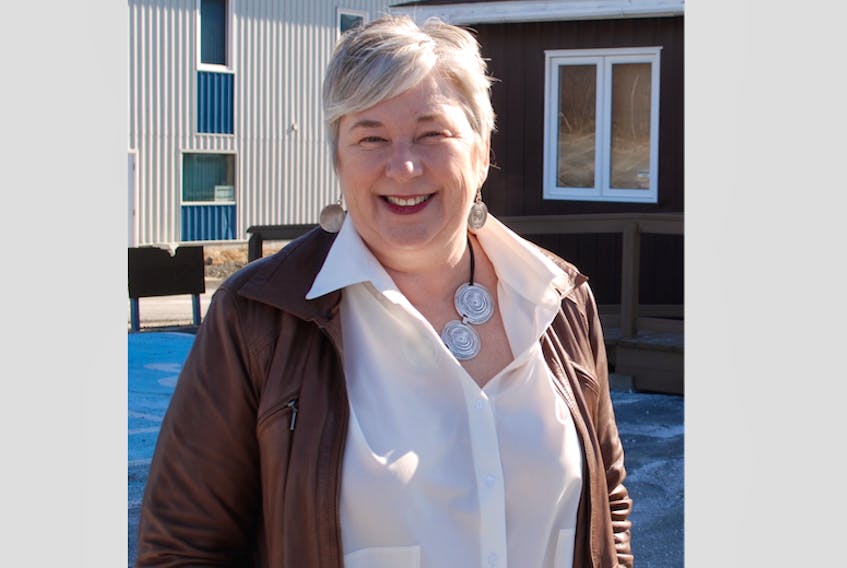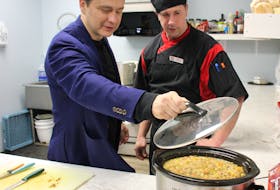CLARENVILLE, N.L. — Bernadette Jordan has heard it before. Multiple times.
“Something I have heard coast-to-coast-to-coast is, ‘How do you expect us to grow, be vibrant and stay in a community if we don’t have (Internet) access,” says Jordan, federal cabinet minister of rural economic development.
And one of the biggest struggles for many people living in rural Canada, including places like Benton, N.L., and Cumberland County, N.S. is access to such high-speed Internet service.
When Jordan, from the riding of South Shore-St. Margaret’s, visited the Clarenville area last week on a tour across the province, she found time to visit many innovative businesses in the region, hold round table discussions on topics like senior living, as well as discuss the federal government’s budgeted plan to provide high-speed Internet access to 100 per cent of Canadians by 2030.
She says since her appointment in January of this year, she’s been going to different areas of the country to develop a rural economic strategy.
On her trip, Jordan told The Packet that Internet access for all Canadians is vital for many — business owners, residents, and others who live in remote places.
In the budget, the Liberal government pledged to invest $5 to 6 billion to provide 100 per cent coverage in the country by 2030, with milestones of 90 per cent by 2021 and 95 by 2026.
“And that last five per cent, you’re looking at the most remote northern areas that are going to be difficult to get coverage to,” said Jordan.
She says this builds off of the “first step” of the Connect to Innovate program in 2016 with a $500-million investment.
Last year, Bonavista-Burin-Trinity MP Churence Rogers and MHAs Colin Holloway, Mark Browne and Neil King announced a $2.7-million funding agreement with Bell Aliant. Previously, the government has funded broadband companies like Icenet to cover rural areas, with mixed results.
But Jordan says they are looking at all options in the efforts to bring a minimum of 50 megabits per second upload speed and 10 per second download speed to all Canadians.
The new announcement will “top up” Connect to Innovate and move towards new technology and other best methods moving forward.
One of the pieces of technology which could provide some solutions for getting Internet to remote areas includes “low Earth orbit satellites” or LEOs. These are projected to make satellite Internet service speeds quicker by having the low Earth satellites closer for sending or receiving signal.
“(They’re) for really tough places to reach. Those are all still in development phase, but if they do what we’re pretty sure what they’re going to be able to do, that’s going to connect a lot of the north.”
Relating to communities which have had difficulty connecting thus far through limitations such as topography, Jordan says there are tax credits provided for Internet providers, as announced by the federal government this past fall, which can see companies like Bell Aliant expand coverage in areas. This increases connectivity from 800,000 households to 1.2 million households.
“There’s lots of different things we can do, it’s not just a matter of saying, ‘Here is some money, go fix it.’
“It’s credits, it’s working with our provinces, territories and municipalities to leverage money. And there’s no one silver bullet, because of the landscape and the size of this country, we’re going to have to look at all different ways to (make) this work.”
She says when rural areas don’t have this access, it can limit growth. This includes stores which use Interac machines, as an example.
But it’s not only about business, it includes connecting rural areas of the country and making sure students can do their homework, online banking and linking to health professionals and more.
“I think a healthy community has to have the services. It’s 2019!”
Twitter: @jejparsons









